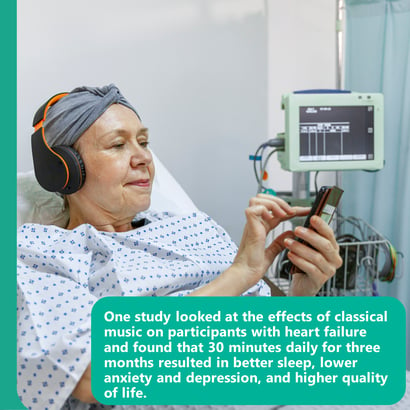Commercial Property and Inflation

Global, national, and local economies have changed dramatically in recent years as a result of the pandemic, global conflicts, and other factors. The war in Ukraine has resulted in higher fuel costs, which contributes to rising supply and transportation costs. Financing costs are also increasing as central banking systems, such as the U.S. Federal Reserve, raise interest rates. Businesses are also confronting supply chain disruptions, worker shortages, sustained inflation, and other challenges.
Increased risks from natural catastrophes
Businesses also face increased risks from severe weather and natural catastrophes caused by climate change — including wildfires, drought/heat waves, tornadoes, hurricanes, and flooding. In 2020, the U.S. saw a record 22 weather-related disasters that each caused more than $1 billion in damage, and together resulted in approximately $95 billion in losses.1 2021 saw 20 such events with a total of more than $145 billion in damages. 2
Factors contributing to inflation
With multiple economic forces converging, the market is experiencing marked increases in the value — and the rebuilding and replacement costs — of commercial property, including buildings, fixtures, and equipment. Given this situation, now is the time to assess the value of your business property and review your insurance coverage. Notable trends that are continuing to drive inflation and raise commercial property valuations and insurance costs include:
- Decreased supplies
- Increased demand
- Tightening labor market
Property valuation changes and insurance limits
The replacement value of a building is not its market value or what it’s worth in the current real estate market. It is the cost you will incur to rebuild or replace the property with materials of like kind and quality. Because construction costs — including rebuilding costs — have gone up, the cost to repair or replace your building has increased as well.
Furthermore, supply and labor shortages can delay construction projects. If your business needs to rebuild following a fire or other disaster, it may take extra time to reopen facilities and drive up business interruption losses. Delays can add to additional costs—for instance, if you must lease temporary office or warehouse space.
Similarly, supply chain disruptions, labor costs, and other market forces may drive up the costs of equipment and goods specific to your business. When reappraising the replacement cost of your buildings, you may want to consider the replacement costs of equipment and stock that are essential to your business.
Higher property valuation will likely require you to increase the limits of your insurance coverage, resulting in premium increases – but it will also provide peace of mind knowing that, in the event of a catastrophic loss, your business has proper coverage.
Start a conversation with your broker or agent
Insurers are seeing higher claims costs because of increases in constructions costs and the frequency and severity of losses. Together, these factors may result in higher premiums for your commercial property coverage.
Consider reaching out to us to review your commercial property insurance, as well as the stability and track record of your insurer. You may want to discuss conducting a new appraisal of the replacement value of your facilities, equipment, and stock. Look at options for raising your policy limits to adequately cover the increased costs of replacing business assets and keeping your business afloat if your operations are disrupted.
Click here to read the Chubb article in more detail.
Sources
1 https://www.noaa.gov/stories/record-number-of-billion-dollar-disasters-struck-us-in-2020
3 https://www.jchs.harvard.edu/research-areas/remodeling/lira
4 https://www.nbcdfw.com/news/local/construction-costs-hit-highest-spike-in-50-years/2891677
5 https://www.levelset.com/news/construction-costs-spike-can-contractors-fight-effects/
This document is advisory in nature and is offered as a resource to be used together with your professional insurance advisors in maintaining a loss prevention program. It is an overview only, and is not intended as a substitute for consultation with your insurance broker, or for legal, engineering or other professional advice.
Chubb is the marketing name used to refer to subsidiaries of Chubb Limited providing insurance and related services. For a list of these subsidiaries, please visit our website at www.chubb.com. Insurance provided by ACE American Insurance Company and its U.S. based Chubb underwriting company affiliates. All products may not be available in all states. This communication contains product summaries only. Coverage is subject to the language of the policies as actually issued. Surplus lines insurance sold only through licensed surplus lines producers. Chubb, 202 Hall’s Mill Road, Whitehouse Station, NJ 08889-1600.








